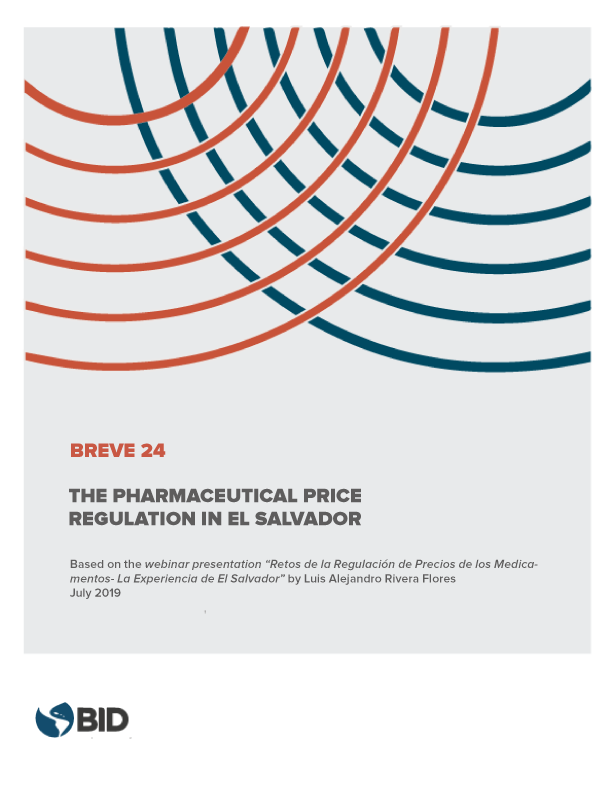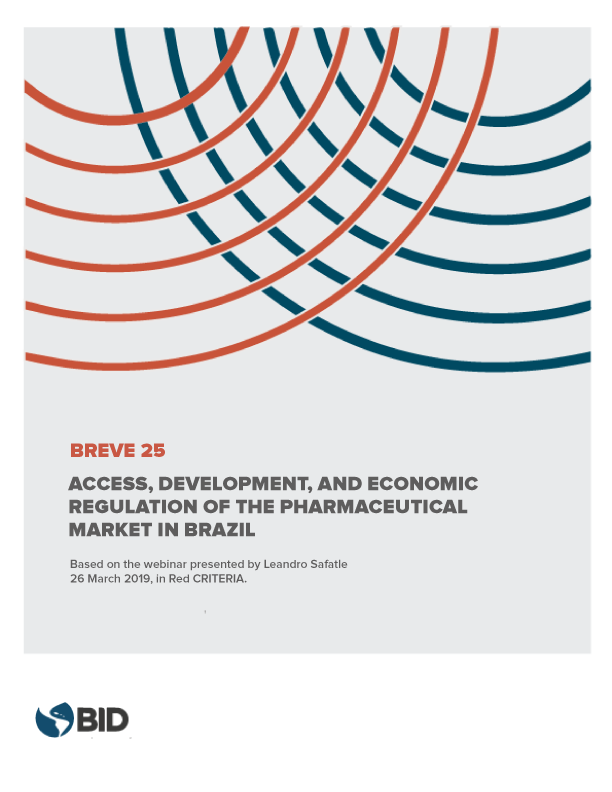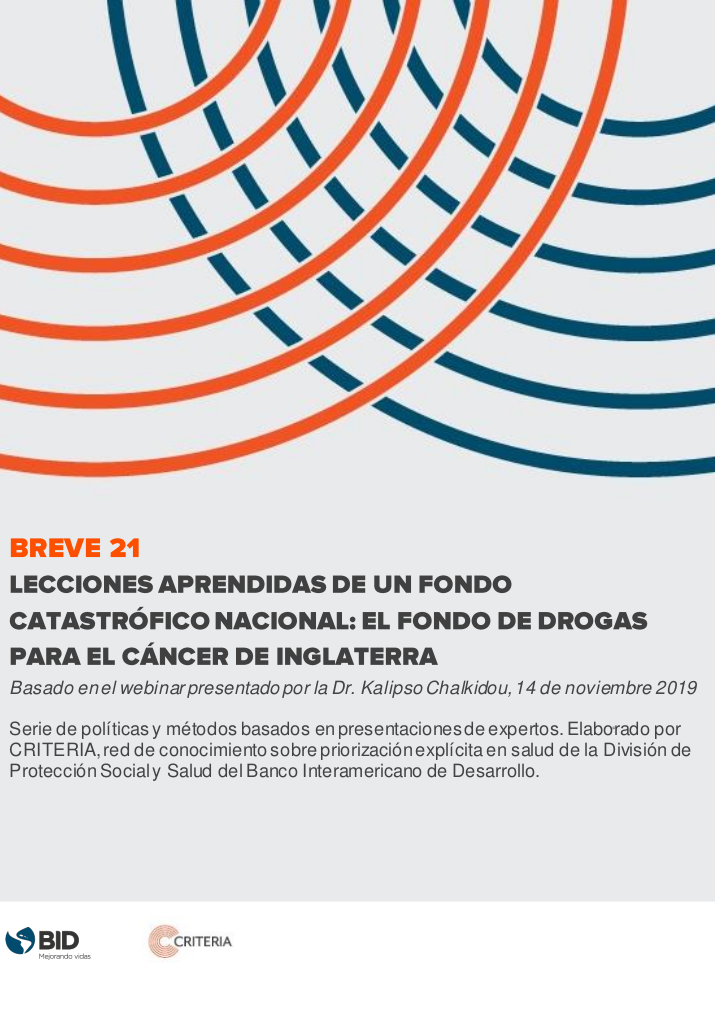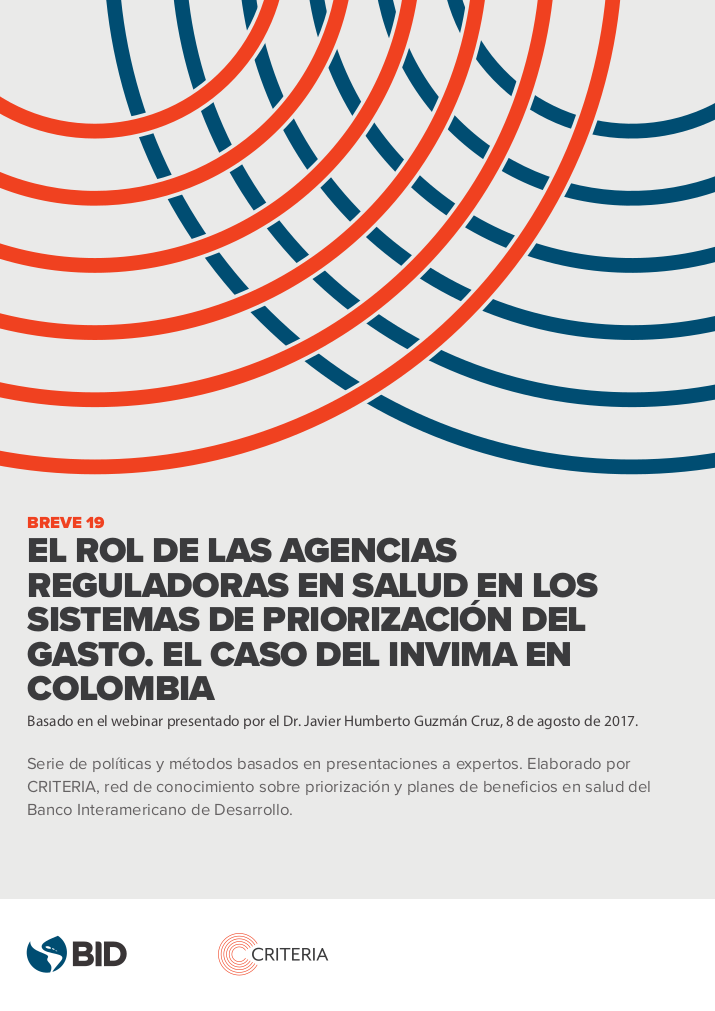Welcome to our library! Here you will find IDB publications on Health Technology Assessment (HTA), Health Benefit Plans (HBP), pharmaceutical policy, drugs and medical devices regulation, catastrophic funds, and horizon scanning, among others. We classify our publications into three categories: books, policy documents, and technical notes.
The collection presented here contains all our English publications. If you would like to access our full collection of publications, please visit the Spanish version of our website by changing the language in the upper right corner of this site.
The term health divestment is used with a wide range of meanings, although the most commonly used definition is the one proposed by Elsaugh: “divestment is the process of withdrawing (partially or completely) funding from certain practices, procedures and/or or existing technologies that are considered of low or no value in relation to their cost and, therefore, do not represent an efficient allocation of resources”2. It is important to highlight some key elements of this definition.
Honduras is a lower-middle income country with a fragmented health system and less than US$100 per capita per year to meet its health needs. Within the framework of its commitment to Universal Health Coverage (CUS), the government decided to design a Health Benefits Plan (PBS). The design of the PBS was carried out in five steps. (1) An inter-institutional team from the Honduran Ministry of Health and the Social Security Institute defined the fundamental characteristics of the PBS. (2) Taking advantage of previous work carried out in the country, the universe of potential candidates for inclusion was identified. (3) Prioritization criteria and decision rules were discussed and operationalized. (4) A bottom-up approach was used to cost the PBS, with the current low coverage and with different objectives of improving coverage levels. (5) Fiscal impact analyzes were prepared and alternative paths of expansion were discussed with the government, proposing ethical criteria on the path towards UHC. The resulting PBS includes 74 essential health interventions. Given financial constraints, a progressive expansion path was suggested, whereby marginal increases in the health budget would be allocated to PBS. The design of a PBS is a specific process for each context; it includes several steps that go beyond the implementation of health technology assessment methods and requires a lot of technical and participatory work time and substantial pragmatism to adapt the technical recommendations of the literature to the data and time constraints in the field.
This brief presents a summary of the main findings of the study presented in the Technical Note, "Failures in the generic medicines market in Chile and recommendations to improve competition"Failures in the generic medicines market in Chile and recommendations to improve competition competition". This study analyzes the generic medicines market and its level of competition in Chile. Despite the benefits generated by the existence and availability of generics in the market once the patent expires, in practice, the functioning of the generic medicines market medicines present flaws that limit the levels of competition. This publication investigates the causes that limit competition and their effect on the final price faced by consumers. To propose concrete public policy recommendations for the Chilean context. The study presents three analyzes quantitative measures of market concentration: at the household level, at the level of public purchases and at the level of pharmacies. Based on the results obtained and a qualitative analysis of interviews with key actors, recommendations emerge that are classified around a macro or systemic level and according to actor: distributors, prescribers and patients. Beyond the fact that each one presents its own particularities, to achieve efficiency in public and private spending on medicines requires collective efforts and complementary policies between the different levels of the market.
This policy brief is based on a webinar presented by Luis Alejandro Rivera, Chief of the Pricing Unit at the Dirección Nacional de Medicamentos (National Directorate of Medicines DNM) in El Salvador. The presentation was given on July 2019. Rising prices of medications are a global concern as healthcare expenditures soar and more patients are unable to access the medicines they need. El Salvador has managed to control and lower the price of prescription medicines for both innovator and generic medicines, while maintaining a well-functioning and cost-saving pharmaceutical market. This publication presents takeaways, such as price setting methods, the identification of appropriate market segments, and the introduction of online monitoring platforms, so that other policymakers may use them when introducing price regulation in their own pharmaceutical markets.
Health spending has been growing at a much higher rate than the income of countries practically all over the world. This increase is due to many factors such as the demographic and epidemiological transition, the increase in the expectations of the middle class and, mainly, the presence of more and better health technologies, such as medicines and medical devices. The case of Brazil does not escape the general rule. Expenditure on medicines increased by 40% from 2010 to 2015. Currently, this expenditure represents 16% of the public health budget. To face this challenge, the country has implemented pharmaceutical pricing policies among its strategies. This document presents the main strategies that the country has adopted, and the results achieved to date; highlighting the importance of regulatory designs aligned with the policy objectives and the local contexts.
This technical note discusses the application of economic evidence in health technology assessments for decision-making on the allocation of health resources. There is already recognition in Latin America that the economic dimensions of health interventions, such as cost-effectiveness and budgetary impact, are critical dimensions that should always be considered when making decisions about the coverage or inclusion of technologies in benefits packages. However, there are still barriers and constraints that prevent the evaluation of economic evidence in the region from being an integral part of all decision- making processes, with serious implications for the equity and efficiency with which health resources are allocated. The purpose of this technical note is to provide elements and tools that contribute, in a practical way, to overcoming these barriers, answering the questions asked by health systems that are beginning to apply economic evidence in their evaluation and decision-making processes. How do we know if a technology or intervention is cost- effective in our context? What cost-effectiveness threshold should be applied? How might non-economic criteria and dimensions influence our cost-effectiveness threshold? What limit should be considered when a technology implies a high budgetary impact in a particular health system? Given the existing difficulties in generating local economic evidence, what can the economic evidence generated in other jurisdictions tell us? How can economic evidence be taken into account in a fragmented health system? Consideration of these aspects is key to ensuring fairer, more transparent allocation of health resources and thus achieving more efficient and equitable health systems in Latin America.
Access to safe and quality medicines is an essential axis to guarantee the population's right to health. Health is not only an objective in itself, but it is one of the fundamental pillars to reduce poverty and achieve sustainable economic development (Andean Committee on Access to Medicines, 2017, United Nations 2020).
LESSONS LEARNED FROM A NATIONAL CATASTROPHIC FUND: THE ENGLAND CANCER DRUG FUND Presentation by DR. KALIPSO CHALKIDOU. NOVEMBER 2019
HEALTH BENEFIT PLANS AND RESULTS-BASED FINANCING: TWO ALLIES FOR UNIVERSAL AND EFFECTIVE HEALTH COVERAGE Presentation by DR. MARTIN SABIGNOSO. MARCH 2017
THE ROLE OF HEALTH REGULATORY AGENCIES IN EXPENDITURE PRIORITIZATION SYSTEMS: THE CASE OF INVIMA IN COLOMBIA. Presentation of DR. JAVIER HUMBERTO GUZMÁN CRUZ.AUGUST 2017










